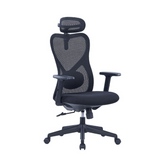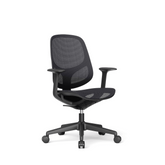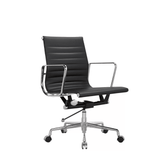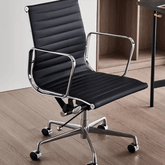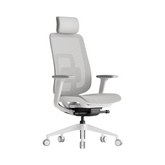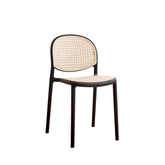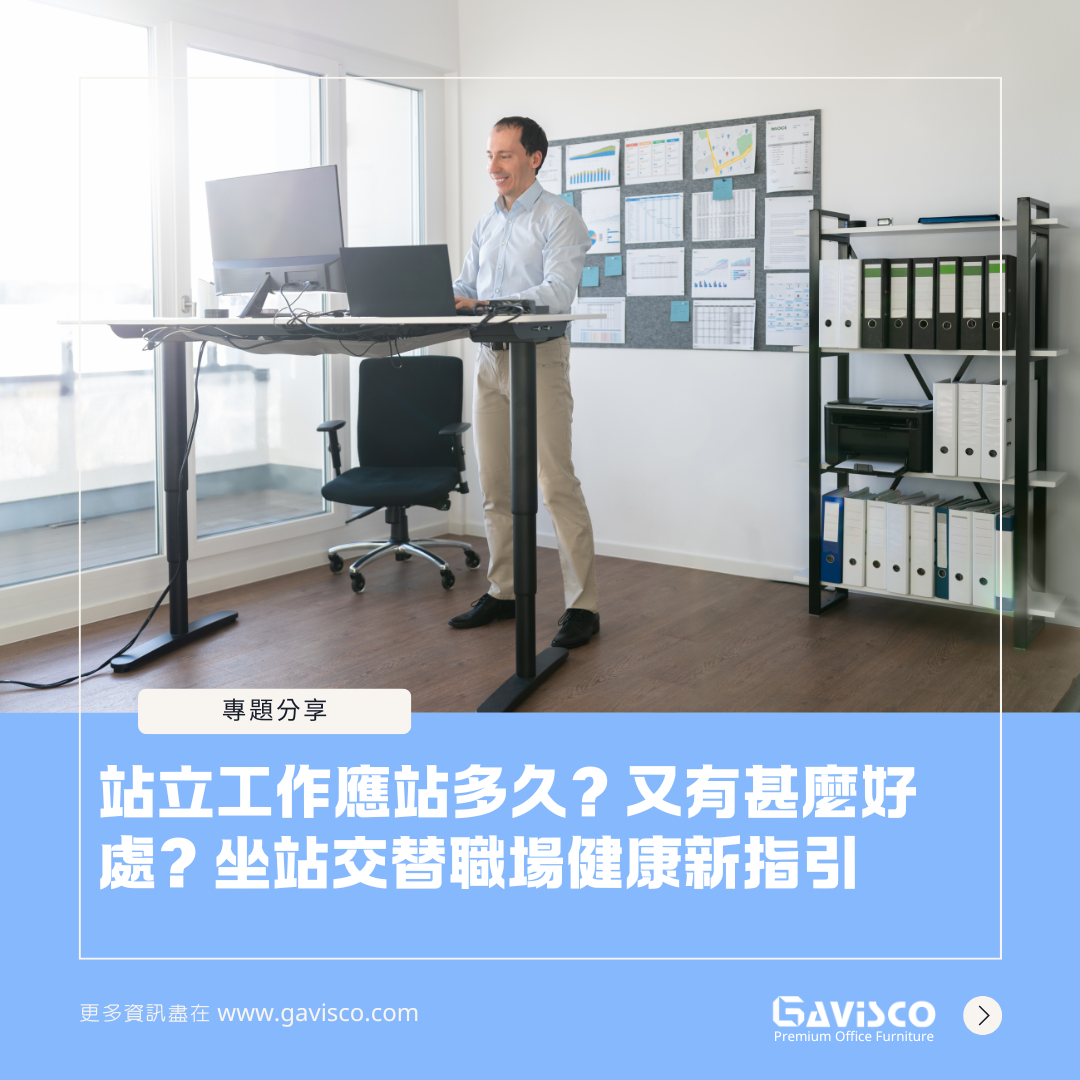A Healthy Workstyle with Alternating Sitting and Standing
Standing at work has been a very popular topic in recent years. But what exactly is the correct way to stand while working? How should we allocate the time between standing and sitting while working? Are there any guidelines for working postures when standing? What should we pay attention to for healthy sitting postures?
Table of Contents
- A Healthy Workstyle with Alternating Sitting and Standing
- How Long Should You Stand at Work?
- What Are the Benefits of Standing at Work?
- Guidelines for Proper Standing Posture
- Is Maintaining a Fixed Proper Sitting Posture Foolproof?
- Adjusting Forward-Leaning Sitting Posture is Important
How Long Should You Stand at Work?


For an 8-hour workday, we recommend spending at least 2 hours standing, practicing the "alternating sitting and standing" method. That is, after sitting for 50-60 minutes, you can switch to standing for 15-20 minutes. The concept of "multiple light work sessions" should be implemented during standing work.
In other words, standing at work should primarily involve appropriate relaxation, changing work postures, and carrying out simpler tasks. The duration should not be too long, but the frequency should be increased. It's important to note that standing for too long can also cause other health issues, so making reasonable time allocations for alternating sitting and standing is crucial for truly protecting your work health.
Benefits of Standing at Work
- Improves Posture: Standing at work encourages better posture, which helps reduce problems like lower back and shoulder pain. By standing, your spine remains in a more natural position, alleviating the discomfort caused by prolonged sitting.
- Enhances Blood Circulation: Standing at work helps improve blood circulation, preventing poor circulation issues caused by sitting for long periods. Good blood circulation aids in maintaining concentration and focus.
- Burns More Calories: Standing burns more calories than sitting, which can help control weight and boost metabolism.
- Reduces Stress and Fatigue: Sitting for long hours can lead to fatigue and stress. Standing can help alleviate these issues, making you feel more energized and alert.
- Increases Productivity: Studies show that standing at work can improve efficiency and productivity. Standing might help you stay more focused and engaged with your tasks.
Guidelines for Proper Standing Posture
We previously discussed correct standing postures in our article "How High Should a Standing Desk Be?" Since everyone's height and body shape are different, we recommend adjusting the height based on the following points: Maintain a 90-degree elbow bend, position the monitor at eye level, and listen to your body to ensure a comfortable and relaxed standing posture. If you have an electric standing desk, take full advantage of its flexibility to find your perfect sit-stand balance.
- Elbow Bend: Stand comfortably with your arms relaxed at your sides. Bend your elbows to a 90-degree angle. When typing or using a keyboard, the desk height should allow your forearms to be parallel to the floor.
- Monitor Position: Set your monitor at eye level to avoid neck strain. The top of the screen should be at or slightly below eye level so you can look straight ahead without tilting your head up or down.
- Wrist Position: Ensure your wrists are in a neutral position when typing. They should not be tilted up or down. Consider using a wrist pad or ergonomic keyboard to maintain proper wrist alignment.
- Comfortable Standing Posture: Stand with your feet shoulder-width apart, ensuring your weight is evenly distributed. Adjust the desk height so you can maintain a relaxed and comfortable standing posture throughout the day.

Is Maintaining a Fixed Proper Sitting Posture Foolproof?

While there is a focus on the importance of standing at work and alternating between sitting and standing, the health issues related to sitting postures, which occupy more of the workday, are often overlooked. We propose a new concept of "changing sitting postures." This means that when sitting, we recommend alternating between upright, reclined, and forward-leaning postures based on work needs,
health conditions, or personal preferences.
The purpose of changing sitting postures is to vary your sitting positions while ensuring proper spinal support. This allows muscle tissues to take turns resting and prevents excessive pressure, helping to avoid health issues caused by prolonged sitting.
The Importance of Adjusting Forward-Leaning Sitting Posture
When we are deeply focused on work, we often find ourselves leaning forward away from the back of the chair. Of course, this posture is incorrect; not only does it prevent the spine from maintaining its correct S-shaped curve, but it also places significant forward strain on the back muscles and spine. This problem can be addressed by adjusting the seat cushion to a forward-leaning position, because:
- The forward-leaning sitting posture transfers part of the body's support to the legs, thereby distributing the stress on the spine and back muscles.
- When the seat cushion is tilted forward, our body naturally balances itself, making it easier to keep the spine straight. The increased angle between the body and legs also helps to maintain the correct S-shaped curve of the spine.
- Adjusting the seat cushion to a forward-leaning position can also reduce pressure on the thighs.

When adopting a forward-leaning sitting posture at work, back support is generally not needed, but the back must not be pressed against the backrest. The most important thing is to maintain the correct S-shaped spine curve in any work posture. If the seat cushion does not have a forward-leaning feature and the backrest presses against the back, it will cause severe harm to the spine and back.

The above explanations provide clearer guidelines for the design of standing workstations and office chairs. We hope that all office workers will pay more attention to workplace health and do not ignore the various signals sent by their bodies while working hard.
